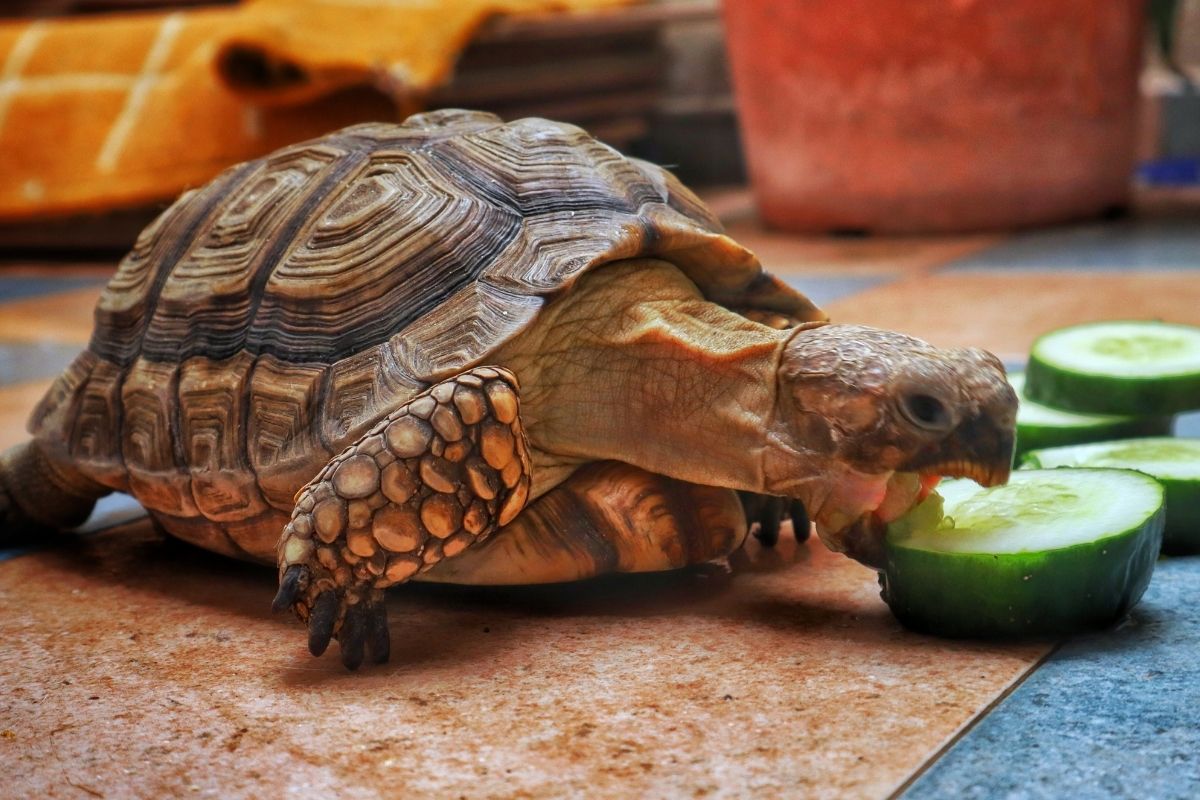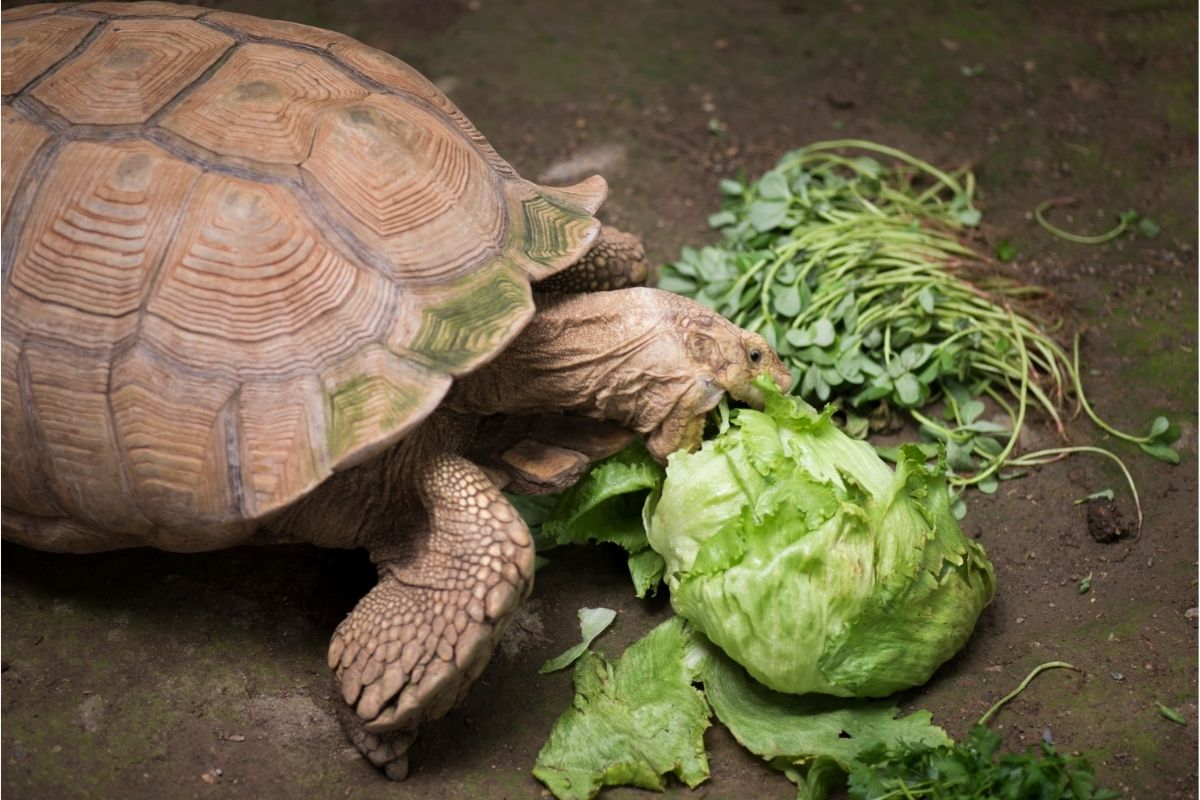Reptiles have to be one of the most interesting types of animals to keep as pets. Sure, many people will complain that they don’t show affection, or simply just sit in their terrarium or space, and stew under a light.
But reptile lovers know that this couldn’t be further from the truth. They still cuddle, kiss, and love petting as much as many other pets.
But there’s a colonel of truth in this somewhat strange sentiment. It can’t be denied that reptiles are unlike pretty much any other type of pet that people can own across the world. Reptiles are very different from dogs, cats, birds, and even fish!

If you’re looking for an animal that is similar to a reptile, then it would probably be more appropriate to look at animals like frogs, toads, and other amphibians.
Because of this, their needs are pretty unique, when it comes to this kind of animal as a pet.
You need to make sure that they have not just the right equipment: heat lamps, UV bulbs, and so on, but they also need the right supplements to keep them healthy when away from their terrarium. And this isn’t even discussing their food!
Take the family of reptiles that includes turtles, tortoises, and terrapins. They are perhaps even stranger than most other reptile groups. What exactly do they need to eat? Do they need some kind of pellet food? Do they need natural food? Can they eat vegetables, such as lettuce or celery?
Well, that’s what we are here to discuss in this article. We’ll take a look at how these animals eat in the wild to help us understand them better, as well as discuss if fruits and vegetables such as celery are appropriate to feed them, in the absence of dedicated turtle pellets and food.
Tip: Read our full guide “What Do Turtles Eat?”
Turtles, Terrapins, And Tortoise’s Diets
Before we get any deeper into this topic, we should probably establish what kinds of food this family of animals normally eats in the wild. That way, we can better figure out what is best for them when it comes to feeding them substitutes.
Tortoises
When it comes to tortoises, it is important to remember how slow they are.
That might sound kind of obvious, and it’s certainly the thing they are most well-known for. Tortoises are some of the slowest vertebrate animals out there. But this is important, as it dictates how exactly they feed.
What some people may not be aware of, is that tortoises are omnivorous, meaning that they can technically eat both meat and plant material.
However, their body design does not allow them to be active hunters. As such, they typically rely on eating plants and grasses from the ground.
This means that they require a lot less energy than other animals of their size, and thus can survive longer without needing to consume more calories.
It should be noted that whilst you can feed your pet tortoise meat, with them being omnivores, they will only eat it as a last resort.
Turtles
Now we move on to turtles, who, whilst being related, have a slightly different diet, thanks to their body plan and lifestyle.
Whilst they are on land, most turtles are slow and awkward when moving, very similar to tortoises. However, once they are in the water, they are suddenly much more maneuverable and fast.
Because of this different lifestyle, turtles can hunt smaller aquatic creatures. This allows them to supplement their diets with small fish, crustaceans, and even insects.
However, because they are still omnivorous, turtles will just as often eat plants, which makes them perfect pets for those living in an area with lots of vegetation.
Terrapins
Interestingly, although we call many animals of this family of reptile terrapins, what exactly distinguishes them from both tortoises and turtles is somewhat unclear.
However, given that they usually live in and around water, similar to turtles, we know that their diets have a lot in common.
As such, you can assume that they will behave similarly to turtles, regarding hunting for food and eating plants and algae.
The main difference between them is that they tend to prefer eating larger prey items, like frogs or fish, over smaller ones.
This is, like turtles, what makes terrapins good potential candidates for keeping as house pets, given that they are relatively easy to keep, and don’t require anything too specific.
Can Turtles, Tortoises, And Terrapins Eat Cucumber?
So, now that we have cleared up some notions about what these animals eat, we can now ask whether cucumber is a good food substitute for them when you run out of turtle pellets, or even as a refreshing snack.
Well, the answer depends on the species of animal you’re talking about. Because, as mentioned before, tortoises are generally considered to be vegetarians, while turtles and terrapins are omnivorous.
Cucumber is palatable to numerous reptiles, but its nutritional value varies depending on the species, and also whether it is fresh or dried.
In general, however, it seems to provide fairly healthy vitamins and minerals, making it a suitable food item for any of the three animals.
So, if you want to give one of these guys something tasty and nutritious, then by all means go ahead and provide your pet with cucumber!
Other Plant-Based Foods That Tortoises, Turtles, And Terrapins Can Eat

So, if the cucumber is a safe treat to give your shelled pet, then that begs the question of what other plant-based foods, fruits, and vegetables can they eat.
Celery
For starters, celery is probably the safest fruit to offer your tortoise, especially if you live somewhere where it’s not readily available.
It does contain some potassium, and vitamins A, B, and C, but these aren’t enough to cause major problems for your tortoise.
Plus, it’s quite low in calories, so your pet will be unlikely to find much nutrition in them, outside of its high water content.
If you are feeding your turtle, tortoise, or terrapin celery, make sure that you mix it with other vegetables and plants, and it should only be used sparingly.
If you do decide to feed your tortoise celery, make sure you wash off any dirt first, as there might be pesticides present that could harm your pet.
Carrots
Similarly, carrots would seem to be another good choice for your tortoise, tortoise, or terrapin. They are rich in vitamin A, which is important for eyesight, skin health, reproduction, and digestion.
They are also very low in calories, so they won’t contribute much to your pet’s weight gain. Of course, you’ll need to ensure that the carrots you buy are organic, to avoid any potentially harmful toxins being present.
Lettuce
Lettuce is very similar to celery when it comes to nutrition for your reptilian friend. It doesn’t contain many nutrients either, aside from calcium, magnesium, phosphorus, iron, and zinc.
However, lettuce is an excellent source of fiber, which helps promote digestive health, and prevents constipation.
It’s also a good source of folate (which is essential for proper cell division) and is often recommended as part of a balanced diet for pregnant women. The fact that lettuce contains no cholesterol is another plus, as most reptiles tend to suffer from high levels of this substance.
Bananas
This popular fruit makes for a delicious and soft treat for your shelled friend, but because bananas are high in carbohydrates, it’s not something you should use too frequently. In addition, they do have a lot of calories and are therefore best eaten in moderation.
Apples
Lastly, apples are a great option for your tortoise, terrapin, or turtle. They’re packed full of vitamins A and C and are also rich in fiber, which helps prevent constipation and promotes regularity.
However, like bananas, they are fairly high in carbs and are thus best enjoyed in moderation.
Green Beans And Peas
Peas and green beans are an excellent source of protein, calcium, and phosphorus, and they are also rich in iron, zinc, manganese, and copper. These are nutrients that are often lacking in most tortoise feeds, so providing your pet with peas is a great way to help him thrive.
Rice
Because turtles, tortoises, and terrapins often eat grains of grass and other foods like it in the wild, rice is also a safe food to give your reptile pet, at least in small quantities. They only hold a little nutrition that is helpful for your pet, so try not to fill them up on it!
Conclusion
The above list of foods is just what we’ve come across over the years that turtles, tortoises, and terrapins seem to like. We hope that our article has helped you learn more about how you can easily provide your animal friends with some nutritious treats.
